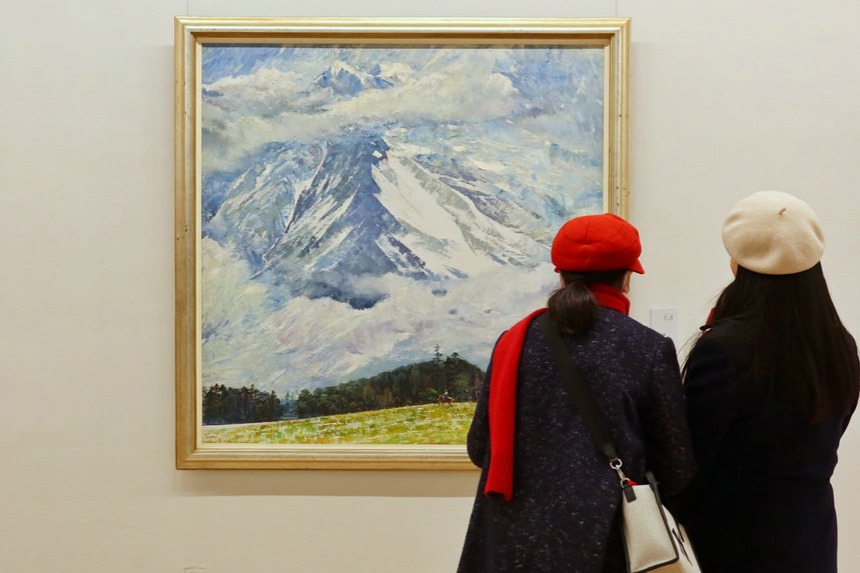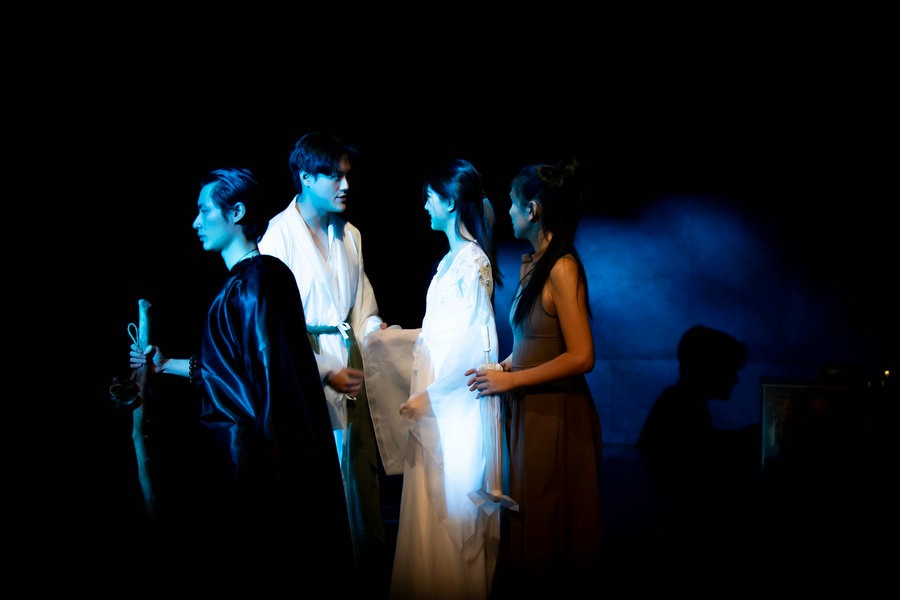Inside a studio's sonic imagination

The Lychee Road's composer and his colleagues redefine music for films and games with ancient instruments and modern software, Chen Nan reports.
Tucked away in a sleek, modern office building in Beijing, beyond the hum of busy front desks and the rustle of paperwork, is a quiet, unassuming door. Behind it lies a world of sound and silence, where time and space dissolve. This is the sanctuary of Zhai Jinyan, a 33-year-old composer blending centuries-old Chinese musical traditions with cutting-edge technology to craft music that speaks across eras.
It's from this intimate room that Zhai, the music director of 8082 Audio Studio, crafted the powerful score for The Lychee Road, a Chinese film that captivated audiences nationwide and topped the box office on its opening weekend. Directed by Dong Chengpeng (known as Dapeng) and adapted from Ma Boyong's best-selling novel, the film tells the story of Li Shande, a low-ranking official who embarks on a perilous 2,600-kilometer journey to deliver fresh lychees to the emperor's favorite concubine — within five days.
"The weight of the lychees is more than just physical — it's symbolic," Zhai explains. "My job is to turn fruit into fate, crafting a melody that reflects the subtle changes. Music expresses what words often cannot — hidden fears, impending betrayals, tragedies just beyond reach."
For Zhai, every note in The Lychee Road carries profound meaning. Steady piano rhythms mirror Li's simple, routine-driven life in Chang'an, his hometown. "It's not just about where the character is — it's about where he comes from," Zhai says. "Traditional folk songs and regional melodies are emotional anchors, vessels of memory and identity passed down through generations."
As the story travels across China's varied geography, so too does the score, shifting with the landscapes of northwest and southern China. From the labor chants of the north to the vibrant, community-driven sounds of the Lingnan region in the south, instruments like marimbas, bells, and orchestral textures harmonize to reflect a collective spirit — one that intertwines humanity, nature, and purpose.





































